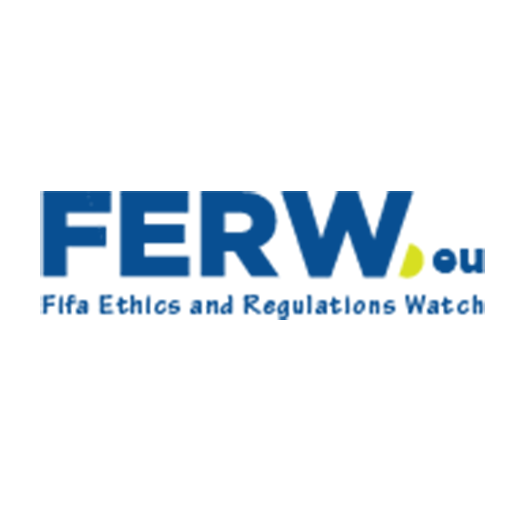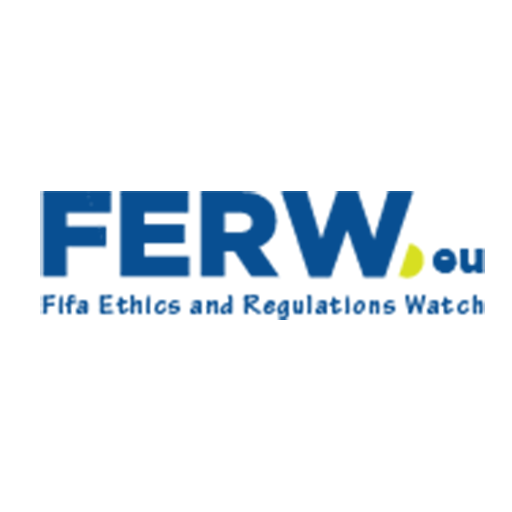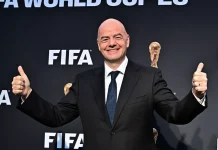The 2015 FIFA corruption scandal stands as one of the most significant episodes of institutional corruption in the history of global sports. It exposed a deeply entrenched culture of greed, secrecy, and unethical behavior within FIFA, the international governing body of football. This analysis delves into the facts, figures, and statements surrounding the scandal, examining its causes, consequences, and the broader implications for sports governance worldwide.
The Scope and Scale of the Scandal
In May 2015, the U.S. Department of Justice unveiled a sweeping indictment against 14 high-ranking FIFA officials and sports marketing executives. The charges—spanning racketeering, wire fraud, and money laundering—alleged that these individuals had received approximately $150 million in bribes over more than two decades. These illicit payments were made to secure lucrative media and marketing rights for major football tournaments, including FIFA World Cup qualifiers, the CONCACAF Gold Cup, and Copa América.
The financial magnitude of FIFA at the time was staggering. With an annual revenue of about $1 billion, primarily derived from sponsorships and broadcasting rights, FIFA held assets close to $3 billion and reserves exceeding $1.5 billion. Approximately 43% of FIFA’s income came from TV broadcasting rights for the World Cup, 29% from marketing, and the remaining 28% from other sources. Despite this vast revenue, FIFA paid only $75 million in taxes between 2011 and 2014, benefiting from its status as a nonprofit entity under Swiss law.
Arrests and Immediate Fallout
The scandal’s public eruption was marked by a dramatic series of arrests on May 27, 2015, at the Hotel Baur au Lac in Zurich, coinciding with the FIFA Congress scheduled to elect a new president. Seven FIFA officials were detained, including CONCACAF president Jeffrey Webb, former CONMEBOL president Nicolás Leoz, and FIFA Executive Committee members Eduardo Li and Eugenio Figueredo. Subsequent arrests included prominent figures such as Jack Warner and marketing executive Alejandro Burzaco.
This crackdown sent shockwaves through the football world. The arrests not only exposed the depth of corruption but also highlighted the complicity of top-tier officials entrusted with the sport’s governance. The timing of the arrests, just before the presidential election, underscored the urgency and seriousness of the allegations.
Key Individuals and Their Roles
Among the most scrutinized figures were Sepp Blatter, FIFA president at the time, and Michel Platini, then UEFA president. Both were banned for eight years by FIFA’s Ethics Committee over a £1.3 million ($2 million) payment made in 2011, described officially as a “disloyal payment.” Blatter and Platini denied any wrongdoing, asserting that the payment was a delayed consulting fee for advisory work Platini had performed between 1999 and 2002. Despite his denials, Blatter resigned shortly after being re-elected for a fifth term amid mounting pressure.
The U.S. prosecutors painted a grim picture of FIFA as a corrupt enterprise where
“two generations of officials enriched themselves through illicit schemes”
(U.S. Department of Justice). This characterization was supported by Chuck Blazer, a former FIFA official turned informant, who admitted to accepting bribes for awarding World Cups in 1998 and 2010. Blazer’s cooperation was pivotal in unraveling the network of corruption that had long operated under FIFA’s opaque governance structures.
The Culture Within FIFA: Secrecy and Greed
The investigations revealed a culture within FIFA that was characterized by secrecy, greed, and a blatant disregard for ethical standards. The organization’s internal mechanisms failed to prevent or even detect the widespread corruption, raising questions about its governance and accountability.
FIFA’s financial and organizational opacity allowed officials to operate with impunity. Despite its nonprofit status, the organization managed billions in revenue, yet there was scant transparency about how funds were allocated or how decisions were made. The scandal highlighted how FIFA’s culture prioritized personal enrichment over the integrity of the sport.
Further concerns arose when FIFA president Gianni Infantino, who succeeded Blatter, attempted to influence the Ethics Committee’s leadership in 2017. This move raised doubts about FIFA’s commitment to transparency and reform, suggesting that the culture of secrecy might persist despite public promises of change.
Global Investigations and Broader Implications
The 2015 scandal triggered criminal investigations in multiple countries, including Australia, Colombia, Costa Rica, Germany, and Switzerland. Swiss authorities, in particular, launched a parallel investigation into the awarding of the 2018 and 2022 World Cups to Russia and Qatar, respectively. Allegations of bribery and vote-rigging in these bids further tainted FIFA’s reputation and underscored systemic governance failures.
The scandal’s ripple effects extended beyond the immediate arrests and indictments. It prompted calls for comprehensive reforms in how international sports organizations operate, emphasizing the need for greater transparency, accountability, and ethical oversight.
Statements from Stakeholders and Their Significance
Throughout the scandal, statements from various stakeholders shed light on the internal dynamics and external perceptions of FIFA’s crisis. The U.S. prosecutors’ description of FIFA as a corrupt enterprise where
“two generations of officials enriched themselves through illicit schemes”
underscored the systemic nature of the corruption.
Chuck Blazer’s admission of taking bribes for awarding World Cups was a candid acknowledgment from within the organization, revealing the extent to which corruption had become normalized. Meanwhile, Blatter and Platini’s denials and framing of the £1.3 million payment as a legitimate consulting fee highlighted the defensive posture of FIFA’s leadership, reluctant to fully acknowledge wrongdoing.
The public and media reaction to these statements fueled demands for accountability and reform. Fans, sponsors, and national football associations expressed disillusionment, fearing that the sport’s integrity had been irreparably damaged.
Ongoing Issues and Continued Challenges
Despite the 2015 scandal and subsequent reforms, FIFA has continued to face governance and financial challenges. In 2024, allegations surfaced from players claiming unpaid sums totaling up to £3 million, involving 420 players across several countries. This ongoing issue indicates that FIFA’s problems are not confined to past scandals but reflect deeper, systemic governance weaknesses.
These persistent controversies highlight the difficulty of transforming an organization with entrenched practices and vested interests. FIFA’s journey toward transparency and ethical governance remains a work in progress, requiring sustained external oversight and internal commitment.
Lessons and the Road Ahead
The 2015 FIFA corruption scandal was a watershed moment for global football, exposing a culture of greed and secrecy that had long undermined the sport’s integrity. The indictment of top officials, the arrest of key figures, and the revelations of widespread bribery and fraud shocked the football community and the world at large.
This scandal underscored the urgent need for governance reforms in international sports organizations. Transparency, accountability, and ethical leadership must become foundational principles to restore trust and protect the sport’s future.
As FIFA continues to grapple with its legacy, the lessons from 2015 serve as a cautionary tale. The fight against corruption in sport is ongoing, and only through unwavering commitment to reform can football reclaim its status as the world’s game, free from the shadows of greed and secrecy.













